Understanding Camera Lenses
This week on our journey to better photographs, we’re learning all about different camera lenses. I’ll admit, I really don’t know a lot about different lenses, other than focal length. When Chris and I first bought my camera he had looked into getting a second lens, the Nikon 55-200mm f/4-5.6 zoom lens, because he wanted me to have a long-range lens in my bag to start off with. I had no idea it was a telephoto lens, or that it had vibration reduction built-in. All I knew was that it was long and heavy, and I had no idea what I’d use it for. Luckily, it came in handy when we went to the rocket launch at NASA earlier this year, but I had no idea when we bought it that’s what I would have used it for.
Now though, I know that lens is good for many things. Portraits, head shots, isolating your subjects, creating smaller depths of field (to create background blur), and many other uses are why I love my telephoto lens.
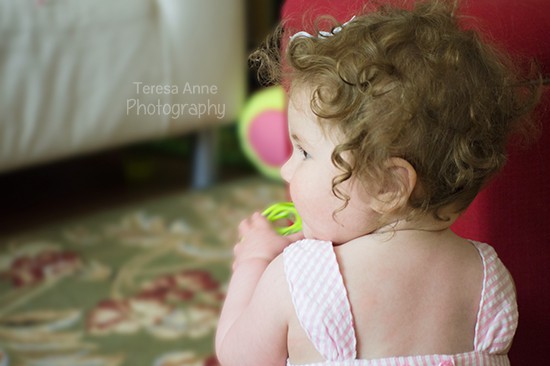
f/stop: 4
shutter speed: 1/40
ISO: 1600
mode: Manual
lens: 55-200mm f/4-5.6
My Nikon 20mm prime lens and my kit lens (the Nikon 18-55mm f/3.5-5.6 zoom lens
) are also always carried around in my bag just in case I need them for something. Each lens provides different shots, some better suited for certain kinds of photos than others. Here is why…
While learning about camera lenses in this lesson, No Bad Foto tells us this:
“The focal length of a lens determines how wide of an angle your camera can capture a scene and the how big the elements of the scene are. The shorter focal length produces a wider angle of view and the elements appear smaller in the scene. The longer the focal length produces a smaller angle of view and the elements appear larger in your scene.”
Each lens that I own gives me a completely different viewpoint on my subject. My telephoto lens gives me a great up-close and detailed picture, while my wide-angle lens captures more of the surrounding scene to give you more of an overall picture.
There was no assignment for this lesson, so I gave the group one of my own. I wanted everyone to take the same picture with all of their lenses to see what the differences were in focal length.
Keep in mind that there are four different types of lenses you can buy: Normal, Telephoto, Zoom & Prime, and Wide Angle. I am using three out of the four in this post today which is indicated below each picture. I did not use my wide-angle lens because my kit lens (the 18-55mm) is only a few mm’s off from my wide-angle so it would basically be the same picture. You can read more about the four lens types here.
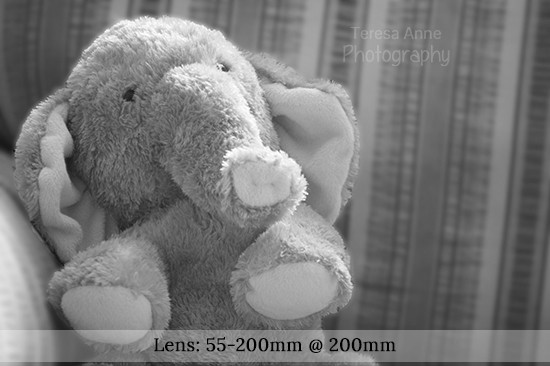
Telephoto and Zoom lens
f/stop: 5.6
shutter speed: 1/10
ISO: 800
Mode: Manual
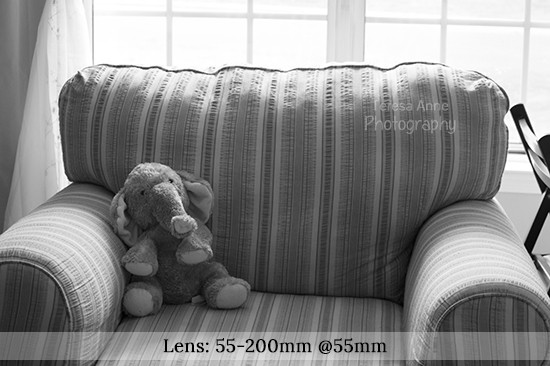
Telephoto and Zoom Lens
f/stop: 8
shutter speed: 1/20
ISO: 800
mode: Manual
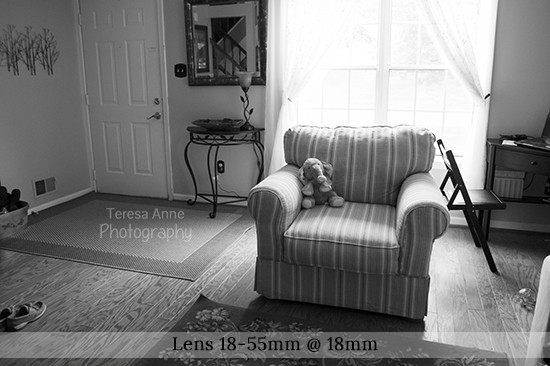
Normal Lens
f/stop: 3.5
shutter speed: 1/160
ISO: 800
mode: Manual
Since my kit lens and wide-angle lens are only two mm’s off I decided not to take a picture with my wide-angle because it’s basically the same picture.
One thing that the lesson did discuss is that the shorter the focal length lets in more light, which is why lenses with small apertures (like my 20mm at 2.8) are great for low light situations. Eventually I’d love to get a Nikon 50mm f/1.8 lens because of the awesome bokah effect it would give me! But I think I’ll have to wait until Christmas.
This post contains affiliate links. I may earn commission from qualifying purchases at no additional cost to you. I will never recommend a product I don’t use or trust.
What do you think?
Are you following along with these lessons? What is your favorite type of lens to use?
*Full Disclosure: I was not compensated for this post, however, this post contains affiliate links meaning that if you make a purchase using my code or link I receive a small commission. Please rest assured that I only recommend products that I use and love!

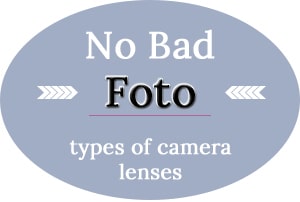
Found your post after a glowing recommendation from Chris. Your posts make me want to play with my other lenses more, my poor dslr is always stuck with the kit lens. You have a new subscriber, thanks! 🙂
Thank you so much for stopping by Joelle! I’m so happy to have you here. What a great compliment. Thank you again! 😀